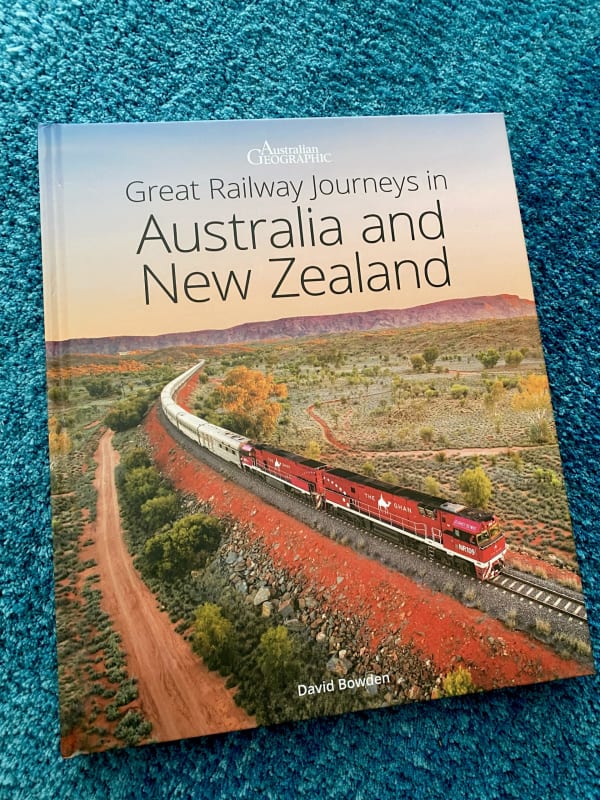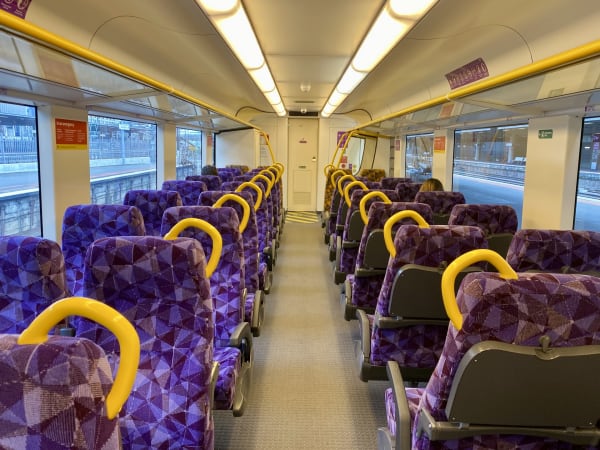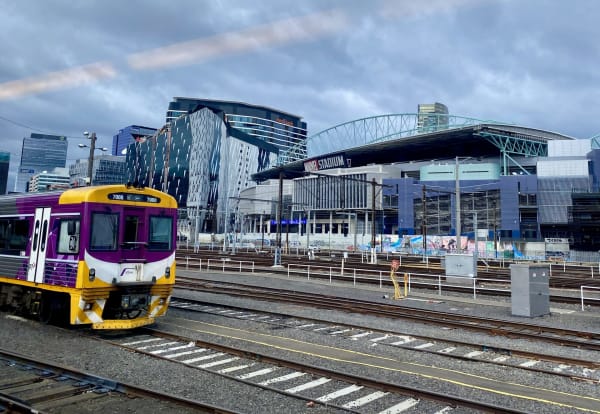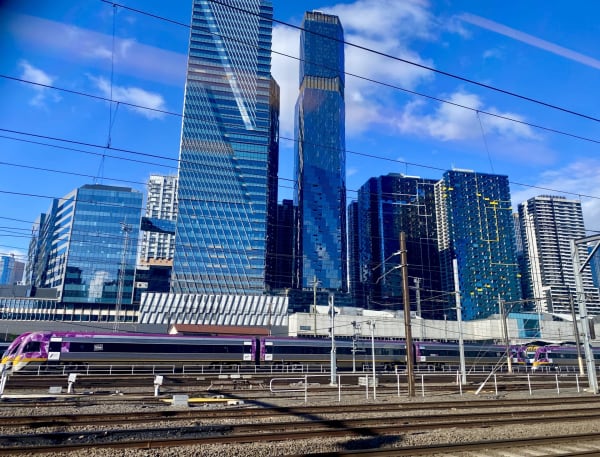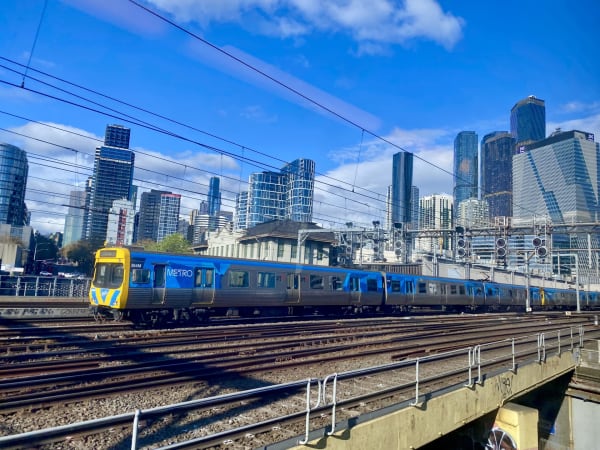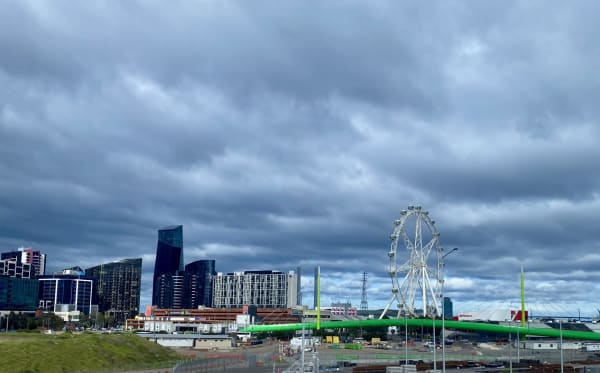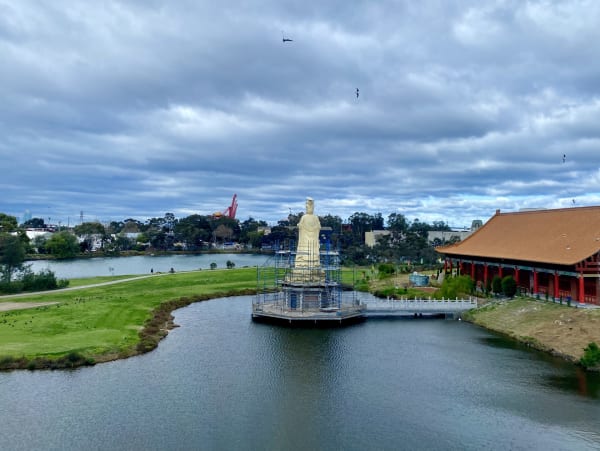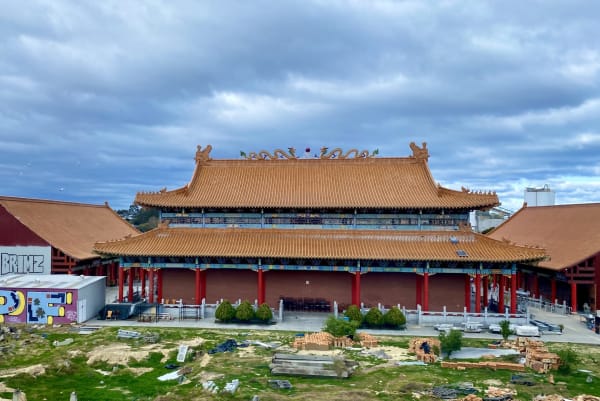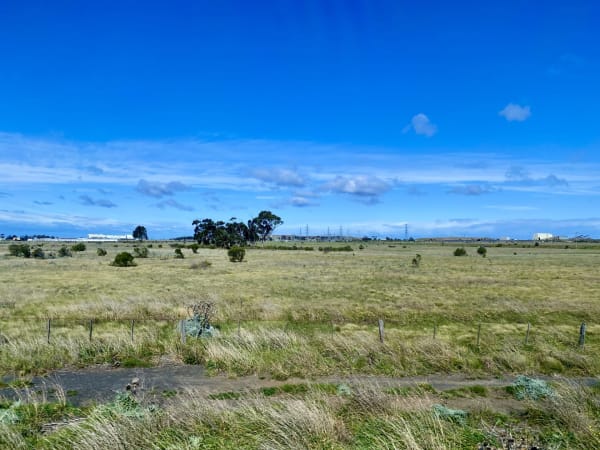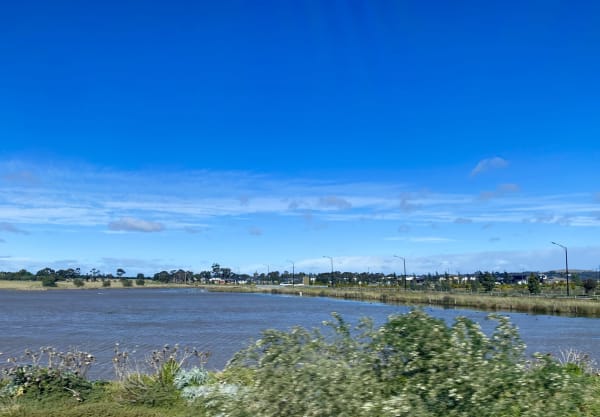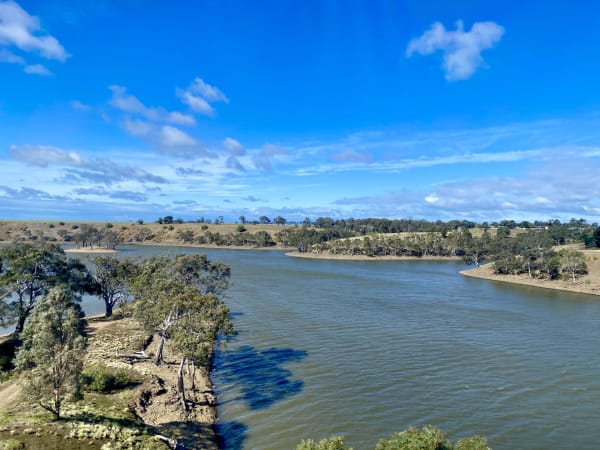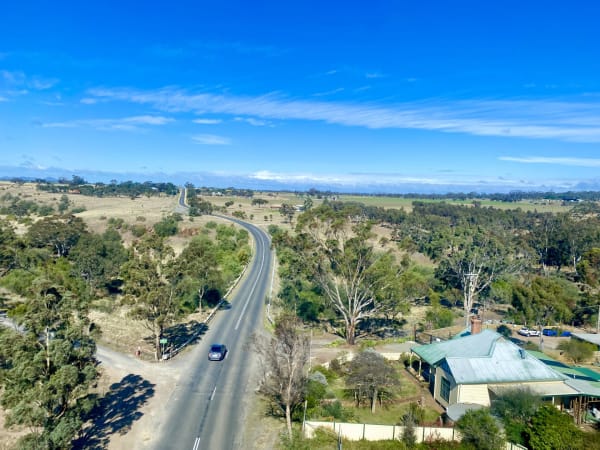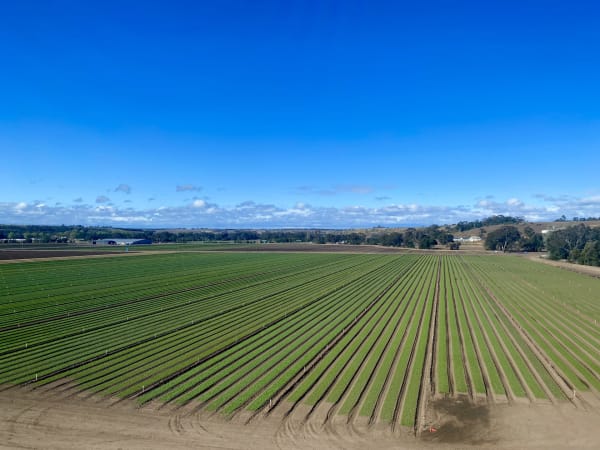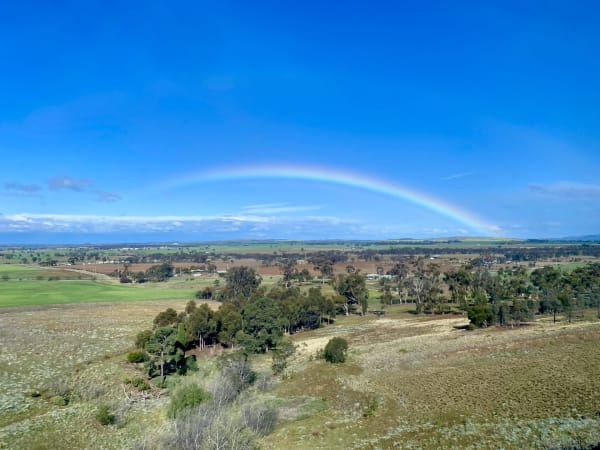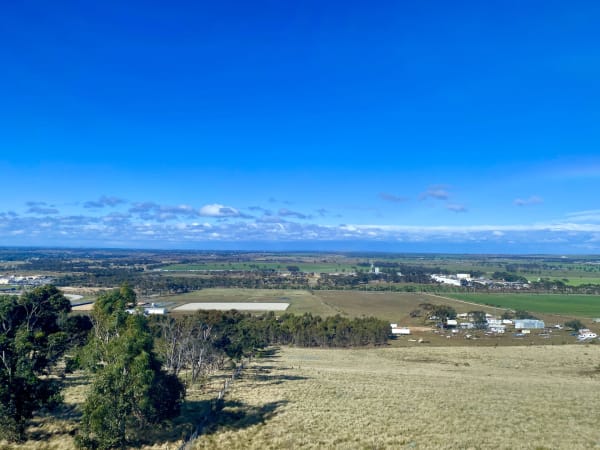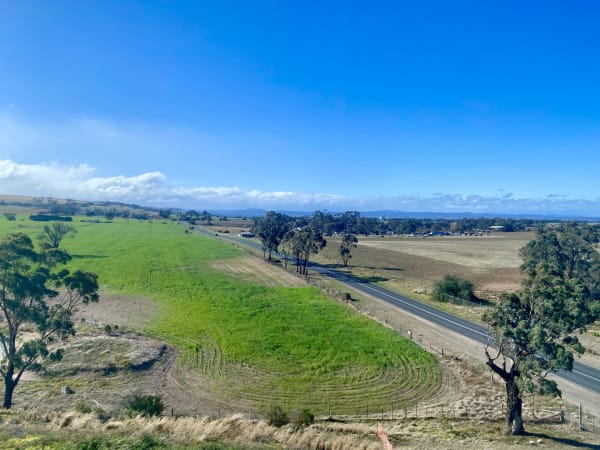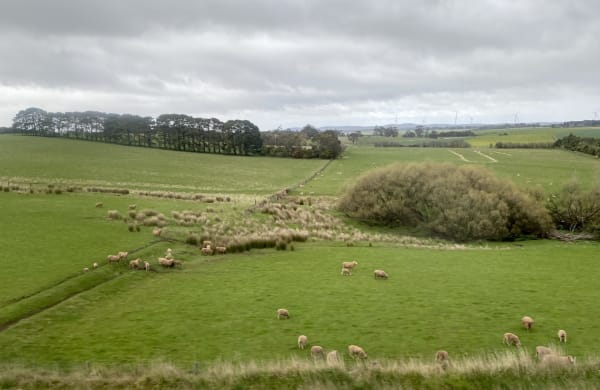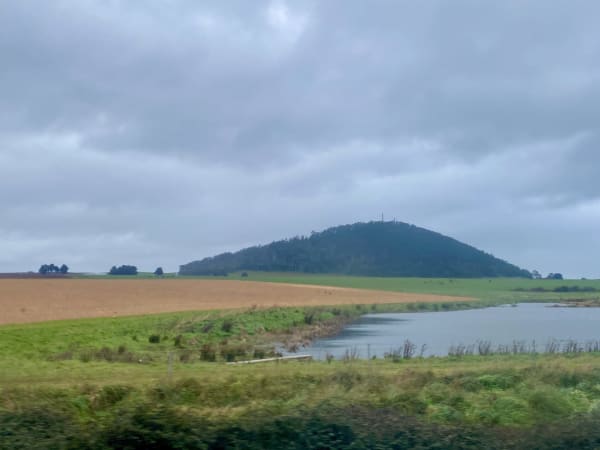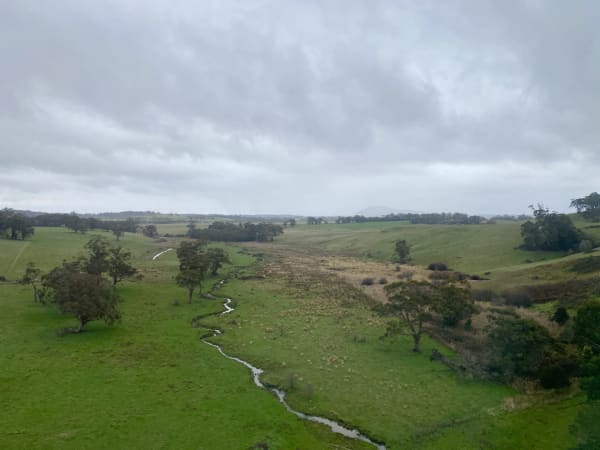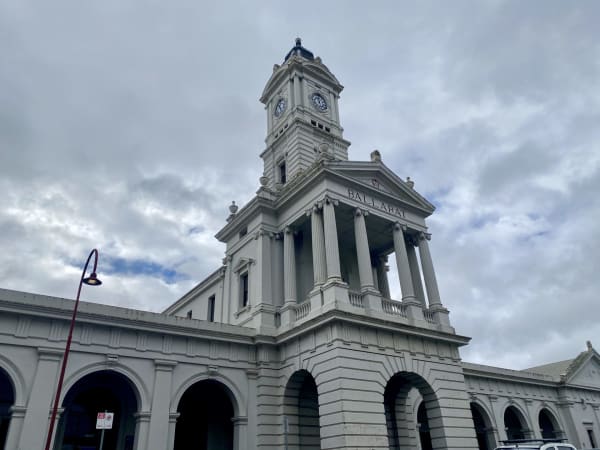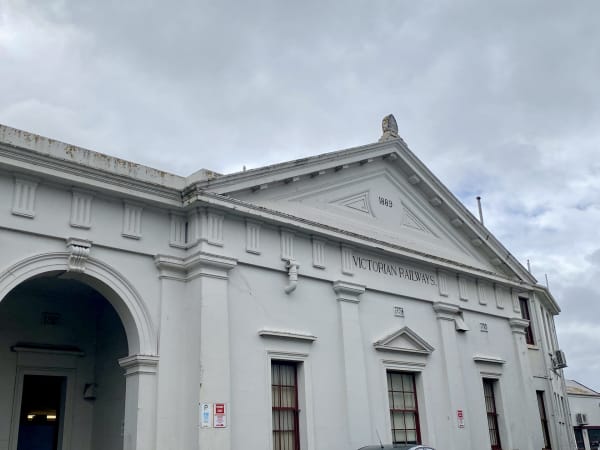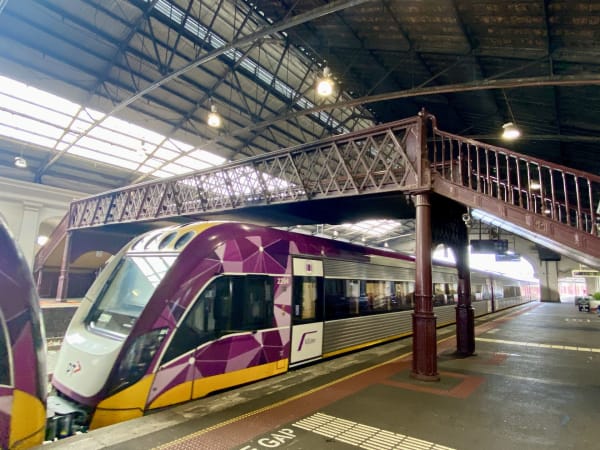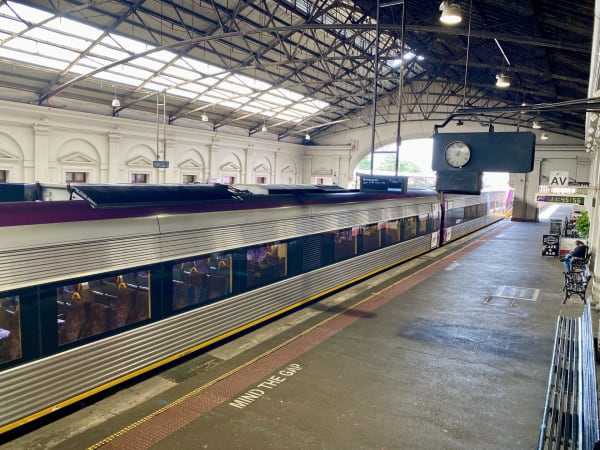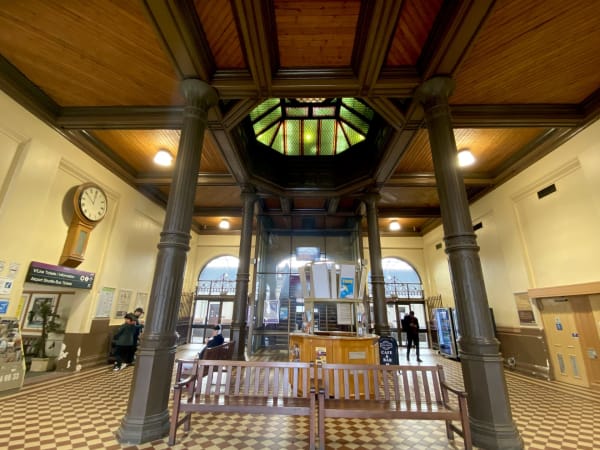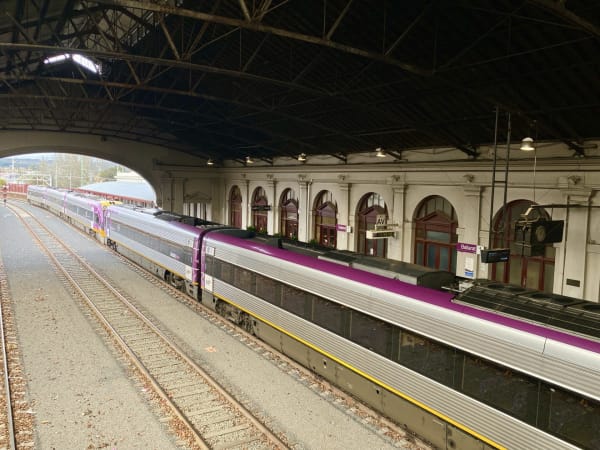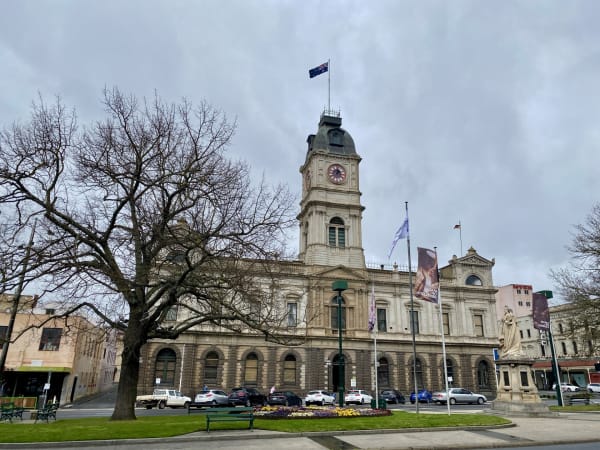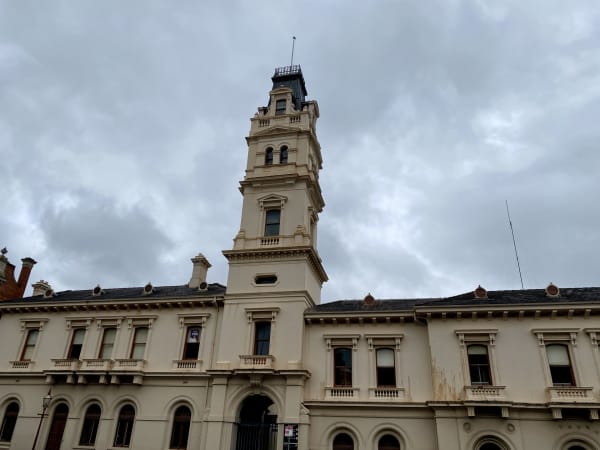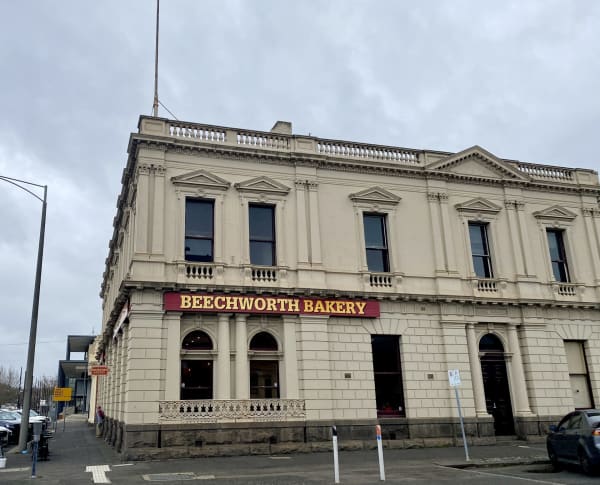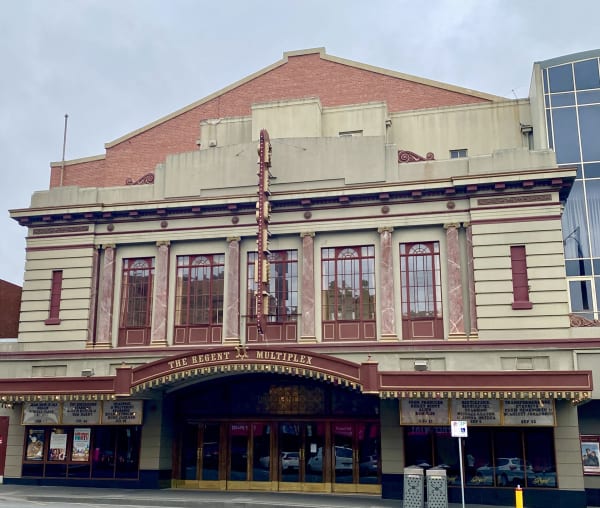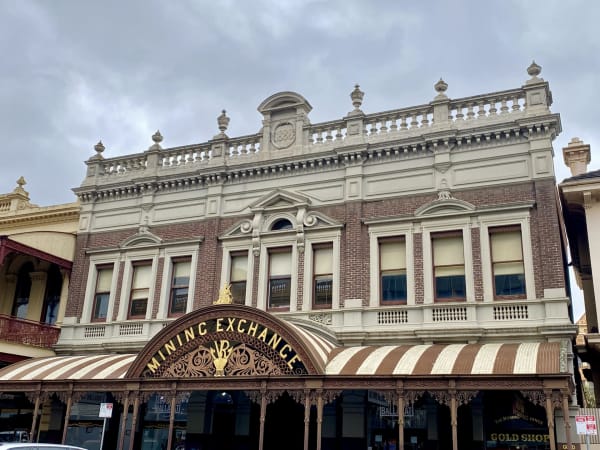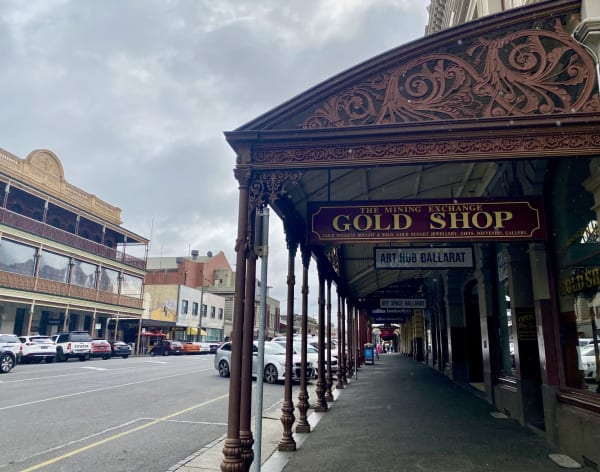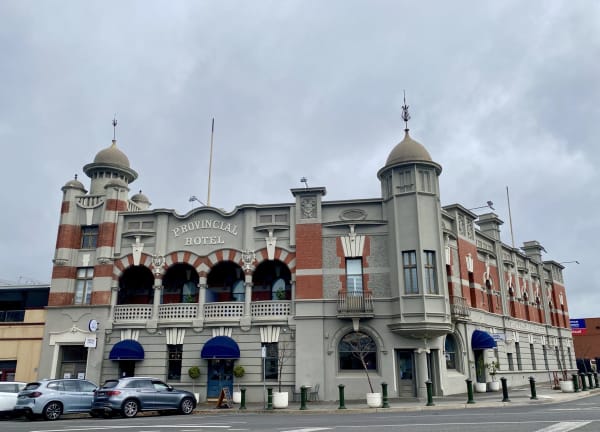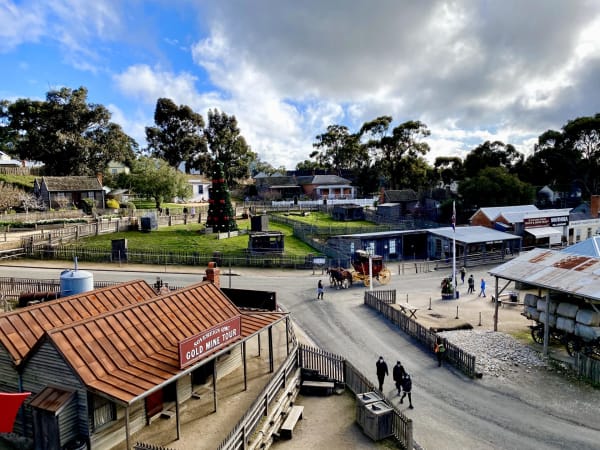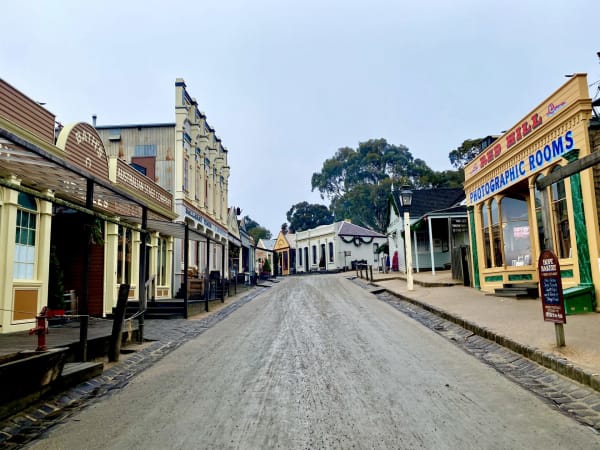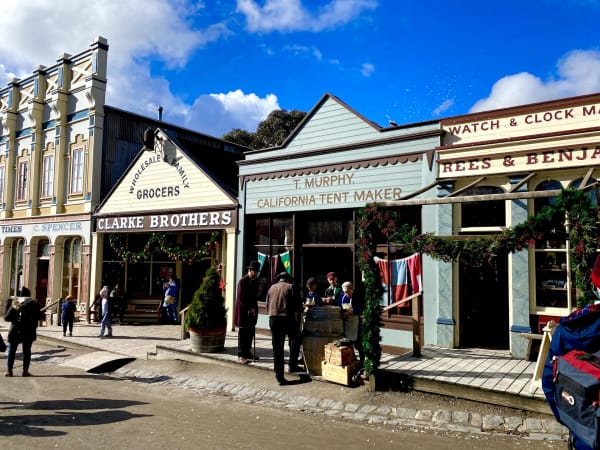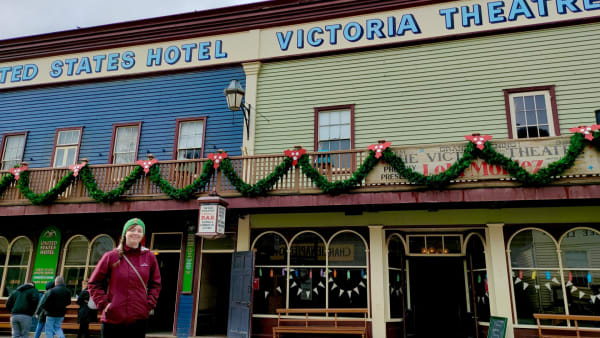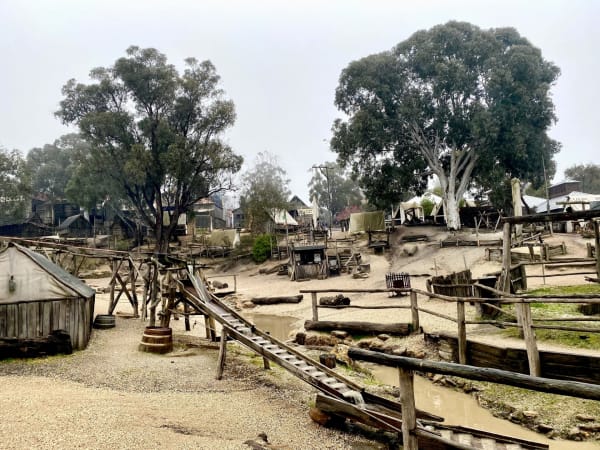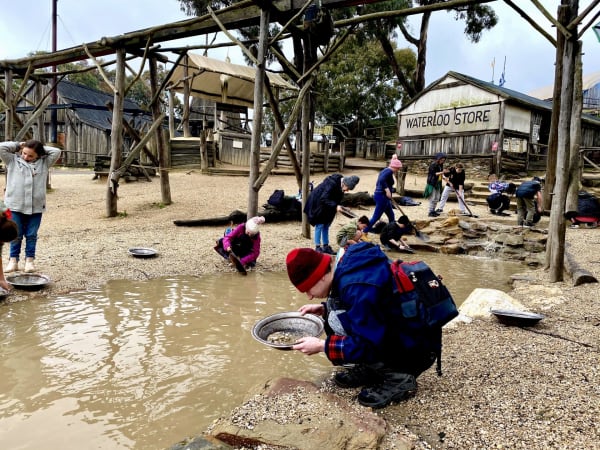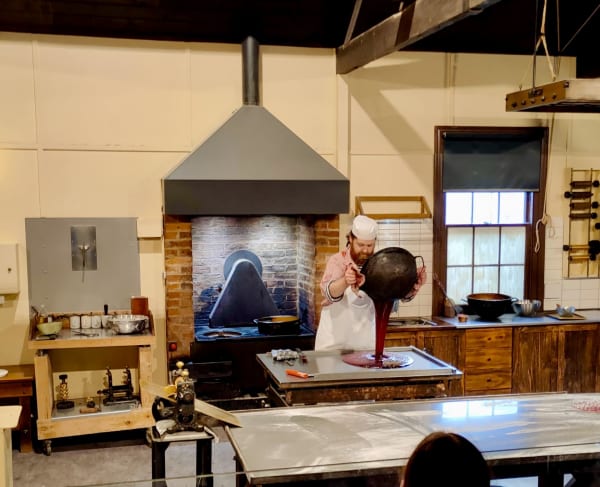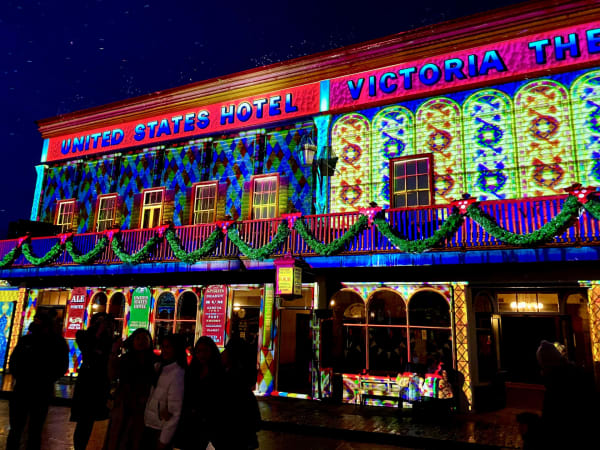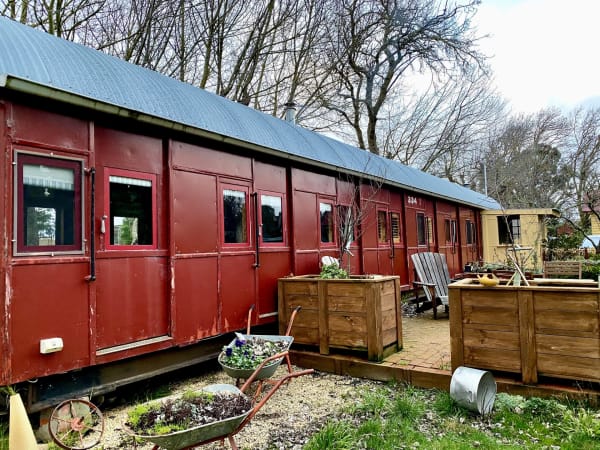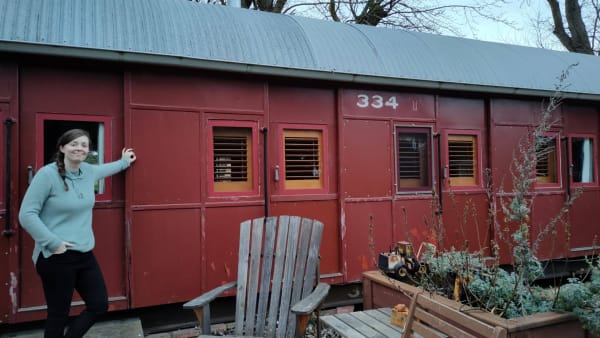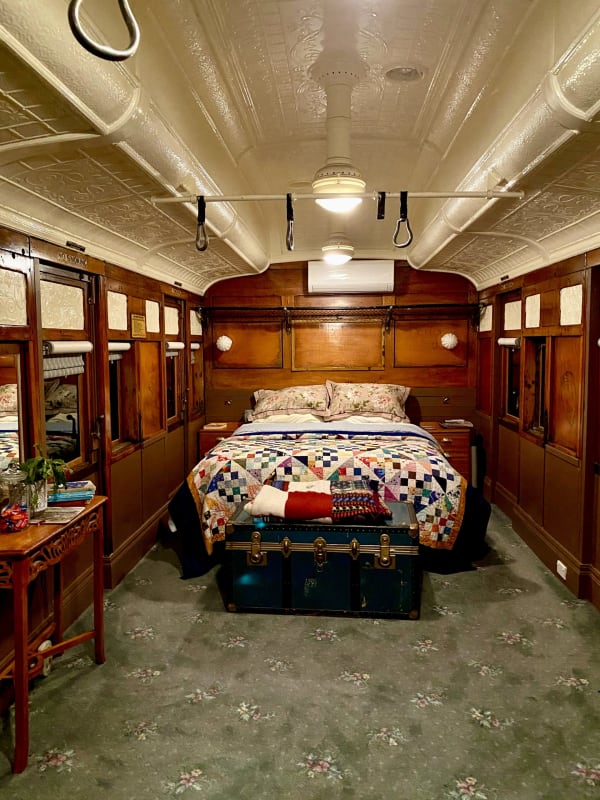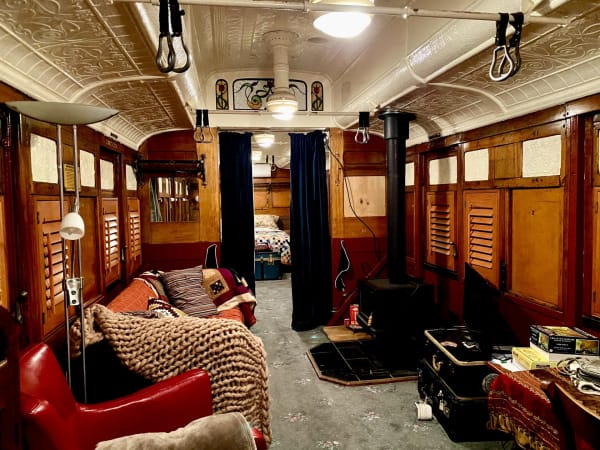In September 2024 I travelled by train from Melbourne to Ballarat. Ballarat is a major regional city in Victoria, situated 110 kilometres to the north-west of Melbourne. The city is easily accessible by train, with the journey taking just over 70 minutes. Regional passenger rail services in Victoria, including the line between Melbourne and Ballarat, are operated by V/Line. With a daily fare cap, passengers can travel anywhere in the state for just $11 per day (or $7.60 on weekends)!
History of the Railway
Ballarat lies at the heart of Victoria’s Central Goldfields region. Many of the surrounding towns owe their very existence to the discovery of gold in the 1850s. In 1851, gold was unearthed in the town of Clunes, located approximately 30 kilometres north of Ballarat. Within three months, over 8,000 miners from England, the Californian goldfields, and China, had flocked to the region. By 1855, the number of miners across Victoria had swelled to 100,000.1
In 1858, Ballarat became the site of an extraordinary discovery—the world’s second-largest gold nugget! Weighing a staggering 69 kilograms, the ‘Welcome Nugget’ was unearthed by a group of Cornish miners. As wealth flowed into Ballarat, its residents sought a railway connection to Melbourne. Construction of a line between Geelong and Ballarat commenced in 1858 (with a railway between Melbourne and Geelong already operational).2 The railway between Geelong and Ballarat opened in 1862 and featured many grand bluestone stations at small towns en route—a testament to Victoria’s prosperity during this period.3 The line facilitated the movement of people and cargo, connecting the goldfields to the ships docked in Geelong’s Corio Bay.4
Interestingly, on its inaugural journey to Ballarat, the train ran out of wood to fuel its steam engine. The crew were forced to alight and chop down trees in the town of Meredith to ensure the train could continue its journey!5 Upon arrival in Ballarat, thousands of people gathered in the city centre to welcome the train, celebrating with balls, lavish dinners, and other festivities.6 By 1889, a more direct rail link between Ballarat and Melbourne had been completed.7
While scheduled passenger services no longer run on the original Geelong to Ballarat route, freight trains continue to use the line.
My guidebook for our train journey between Melbourne and Ballarat was David Bowden’s Great Railway Journeys in Australia and New Zealand.
Melbourne to Ballarat
Trains for Ballarat depart from Melbourne’s Southern Cross Station, which was first opened in 1859.
Approximately 10 minutes after departure, we passed an impressive 16-metre tall statue of the sea goddess Mazu (also known as the ‘Heavenly Queen’). Made of stainless steel and painted gold, the statue was imported from Nanjing, China and cost $450,000. It now stands overlooking Victoria’s Maribyrnong River. Next to the statute is the Heavenly Queen temple—Australia’s largest Taoist temple and the second largest Heavenly Queen temple in the world.8
For most of the journey to Ballarat, we travelled alongside rolling agricultural land. It was a beautiful day and there were great views from the train as we crossed rivers and passed fields of vibrant canola.
The stretch of track north of Bacchus Marsh was particularly scenic as we rolled past sprawling open fields and lush farmland. There were great views as the railway ascended to Ballan and the train wound around a dramatic horseshoe curve.
After an enjoyable journey, our train pulled into Ballarat’s grand 19th-century station.
Ballarat Station
Opened in 1862, Ballarat Railway Station boasts several striking features, including its grand portico, imposing clock tower, and iron foot bridge. Although a fire in 1981 caused some damage, many of these elements have been carefully restored, and much of the station’s historic interior remains intact today.9
Ballarat
Ballarat’s central business district may be compact, but as my guidebook aptly puts it, ‘its grand architecture reflects a town built on gold.’10 The Town Hall (pictured below) is believed to be one of only three town halls in the world with a peal of bells (a set of full-circle bells).11
Other buildings of note include the Italianate palazzo style Old Post Office which opened in 1864.
Aside from admiring the city’s grand architecture, visitors to Ballarat can also take a trip to Sovereign Hill: an open-air museum and time capsule of an 1850s Victorian town. The site comprises over 60 historically recreated buildings, with costumed staff and volunteers, including a blacksmith’s workshop, candle-dipping shop, and apothecary. Visitors can also try their luck panning for real gold in the site’s central creek. Regular mine tours also offer a deeper glimpse into the area’s rich history.
When the gold rush began in Ballarat, it was not long before confectioners arrived and established their businesses. By 1857, Ballarat was home to no fewer than 18 confectioners! Today, visitors to Sovereign Hill can watch how Raspberry Drops are made. These hardboiled, raspberry-flavoured lollies have become one of Victoria’s most iconic treats.12
On winter evenings, Sovereign Hill is transformed with its enchanting ‘Winter Wonderlights’ light projections and installations.
Train Carriage Accommodation
Train enthusiasts will be delighted to hear that you can combine your visit to Ballarat with a unique stay in the town of Buninyong (located 15 minutes south of Ballarat). Here, you can spend the night in a beautifully restored train carriage, complete with charming 1920s-inspired decor and a cozy fireplace.
David Bowden, Great Railway Journeys in Australia and New Zealand (3rd ed, John Beaufoy Publishing, 2023) 46. ↩︎
Ibid 47. ↩︎
ABC Ballarat, ‘Ballarat rail line’s strange quirks a product of history’ (Podcast, 23 November 2022). ↩︎
Sovereign Hill Education Blog, ‘The Arrival of the Train’ (online, 23 March 2016). ↩︎
Ibid. ↩︎
Ibid. ↩︎
Bowden (n 1) 47. ↩︎
Paul Bateman, ‘Heavenly Queen Blesses the Rise of Melbourne’s West’ (The Sydney Morning Herald, 22 March 2016). ↩︎
Bowden (n 1) 48. ↩︎
Ibid 48–49. ↩︎
Historic Urban Landscape Ballarat, ‘Ballarat Town Hall’ (online, 2025). ↩︎
Sovereign Hill Education Blog, ‘Raspberry Drops! – and other 1850s confectioneries’ (online, 29 February 2012). ↩︎


